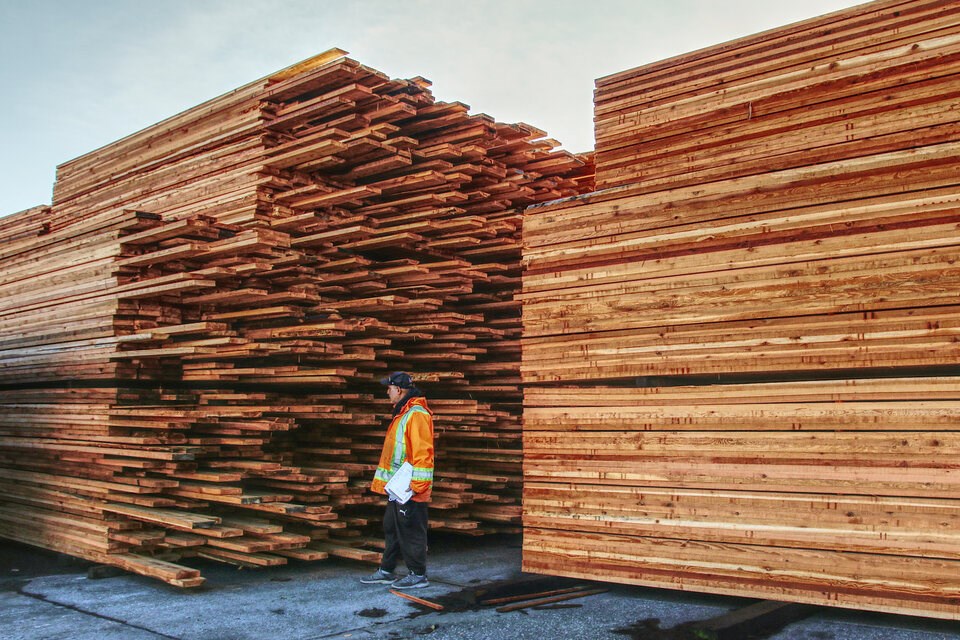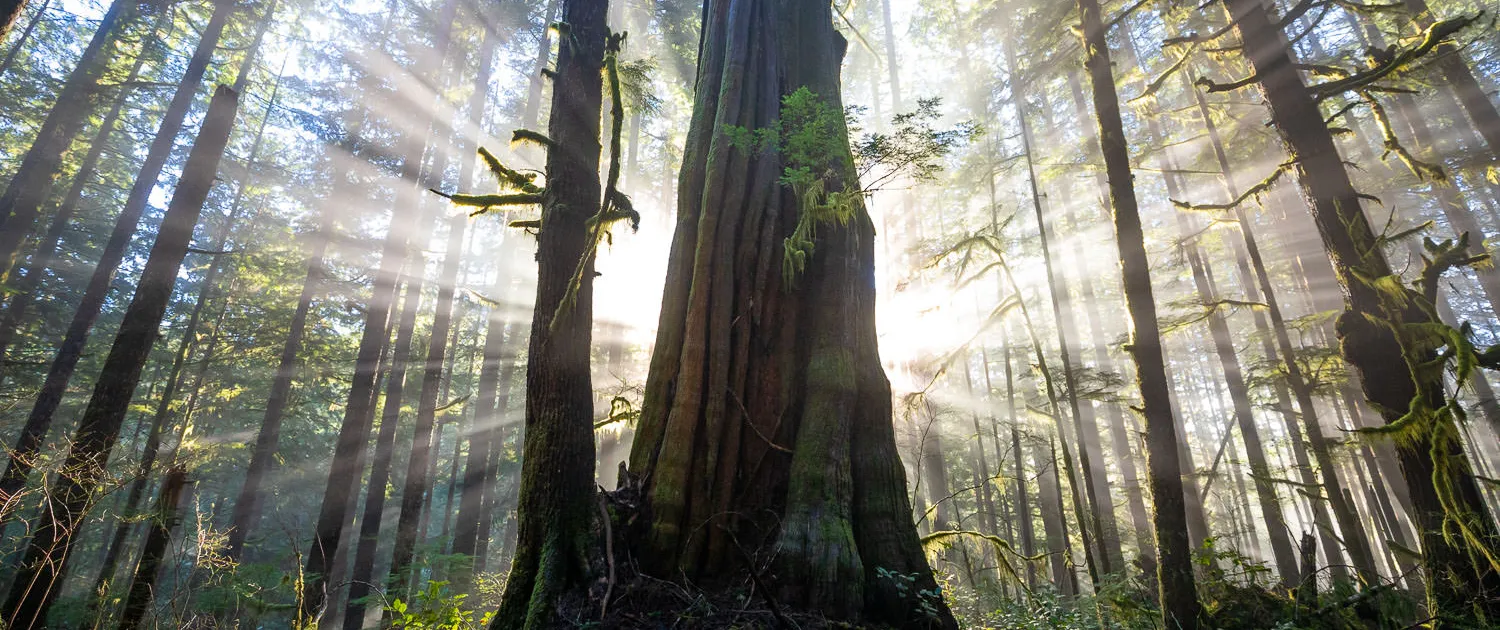 Mar 22 2010
Mar 22 2010Alliance Protects Ancient Forests
A recent shakeup in Victoria’s activist community may signify a new chapter in our long history of environmental action.
The longtime coordinator for the Victoria branch of BC’s Western Canada Wilderness Committee (WCWC), Ken Wu, has recently left that organization to start the fledgling Ancient Forest Alliance with co-founder TJ Watt.
At recent info session held at UVic, Wu, Watt—a Metchosin-born wilderness photographer and self-proclaimed “big tree hunter—and Sierra Club coastal forest campaigner Jens Wieting addressed a mixed crowd of environmentalists and community members.
“There’s something very different about this,” says Wu. “Virtually every environmental group in the province has charitable status, and charitable status, including what the WCWC has, restricts what you can do and say.”
Under charitable status, an organization can neither reject nor endorse specific political parties or candidates.
This makes it nearly impossible to overtly organize campaigns in electoral districts where the public hugely influences government policies, due to the fact that the riding can go to the NDP or BC Liberals, explains Wu.
Called swing ridings, these districts are the front lines of political influence, and the AFA, unlike the WCWC, is now free to enter the fray.
“We can organize riding by riding now,” says Wu. “We’re not going to be partisan in the sense that were going to endorse any political party, per se, ideologically, but on the issues we can say, ‘This BC Liberal MLA in this riding has stated that it’s fine to log off all of our last unprotected old-growth forests on Vancouver Island and to keep exporting raw logs. So, if you care about our ancient forests and forestry jobs, don’t vote for him.’”
“I couldn’t say that while I was at the Wilderness Committee,”continues Wu. “Now I can. This will have a huge influence on BC government policies.”
While foregoing charitable status ostensibly casts off an annoying political muzzle, it poses challenges elsewhere—without it an organization can’t issue tax receipts for donations, and fundraising becomes more difficult.
But Wu remains confidently optimistic. “I know a lot of people will appreciate us being able to be more direct and honest about the government and politicians in regards to the fate of our ancient forests,” he says.
The AFA also plans to become a centre for training new activists, according to Wu. “Another function of the AFA will be to help empower, train, and guide new citizens’ groups that are going to fight for ancient forests,” he says. “We’ll run a most effective campaign with a miniscule fraction of the funds used by the larger environmental groups who have budgets of millions of dollars.”
At the recent presentation, local wilderness photographer and AFA co-founder Watt showcased photos of some of Vancouver Island’s biggest known remaining old-growth trees. While many large trees still exist in and around the greater Victoria area, “to see the big, big trees, you need to get out of the dryer areas, and further up the coast,” says Watt.
Among those showcased was the recently discovered Refugee Tree, situated just 20 minutes past Jordan River and measuring over 45 feet around; the famous San Juan Spruce, which contains enough wood to make 330 telephone poles and is the second largest of its kind in the world; and Port Renfrew’s own Red Creek Fir, which is the largest of its kind known to exist on Earth.
Unfortunately, much of the surrounding area is slated for logging, which could leave trees vulnerable to blow down. Today, less than one percent of coastal Douglas Fir old growth is still standing, and 97 percent of valley bottoms, which are typical areas to find old growth trees, have been logged. The last one percent of unprotected old growth Douglas Fir is still currently slated for liquidation.
“We have the largest of something in the world and we’ve done absolutely nothing to promote it. Up until now there’s been no signage, the trails have never been taken care of, there’s virtually no effort to let people know these exist,” says Watt, “and this leads me to believe that maybe someone doesn’t want people to know that they exist.”
According to Wieting, BC’s coastal forests are among the best carbon storehouses on the planet, and one of the world’s most powerful tools in the fight against climate change.
A recent Sierra Club report states that on Vancouver Island alone 370 million tonnes of carbon dioxide, or more than five times the official annual BC emissions, have been released into the atmosphere over time as a result of the conversion of at least one million hectares of old growth into second growth.
As a result, many of the island’s ecosystems are now below a critical level of old-growth forest needed to sustain species.
The report calls for an urgent transition to the innovative land-use planning model that has been successful in the Great Bear Rainforest on the coastal mainland.
The AFA and Sierra Club BC are calling for a comprehensive and systemic change to current BC forest practices that would protect remaining old growth in regions where they are scarce, and ensuring the sustainable logging of second-growth forests, which constitute the majority of forest systems in southern Vancouver Island.
In addition, the AFA is calling for provincial assistance in retooling coastal BC’s sawmills in order to accommodate second growth logs, as well as an end to raw log exports, which could ensure a constant supply of logs for BC-based wood-processing facilities, and generate much-needed jobs within the forestry sector.
The AFA hopes to raise $10,000 by Earth Day on April 21, and another $10,000 by Summer Solstice on June 21.
News Article Link: https://nexusnewspaper.com/articles/28668





